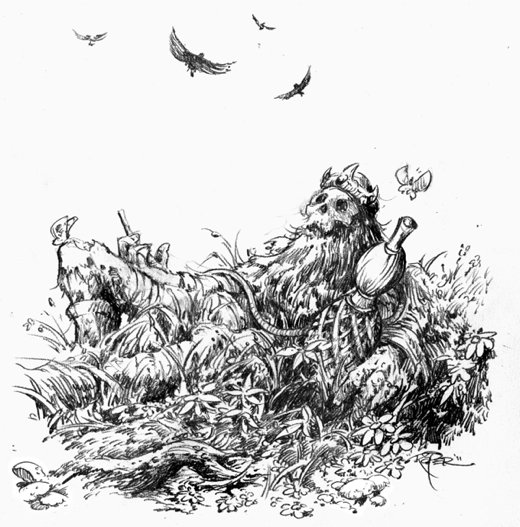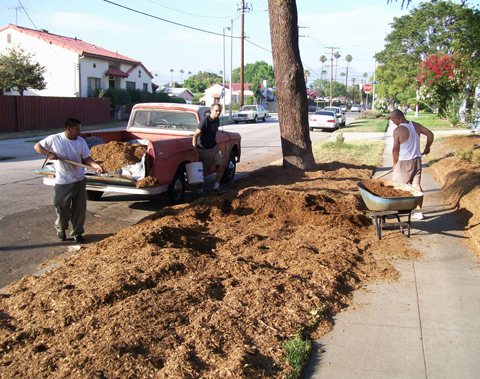“I’m here to capture the rapture and the resurrection at the same time,” says Tim Dundon, pushing a wheelbarrow brimming with fresh mulch, leading me up the inclined path into his shady tropical reserve. “Isn’t life triumphing over death the resurrection? The body turns back to basics and then the basics are picked up by the next generation and the next generation makes use of it and is happy to live inside this new entity because it didn’t go to the landfill. It went to the hill with the will.”
— from “The Sodfather” by Daniel Chamberlin, originally published in Arthur (Dec. 2007)
In the spirit of Tim Dundon, we’re doing some compost work here on the site, making sure nothing goes to the landfill, and all that we did back then is available to the next generation. We’re restoring lost blog images and credits, and posting text, photos and art from old print issues of Arthur Magazine online for the first time.
There’s a lot in the archives for us to choose from, and we’re not doing it in any systematic order. If there’s something you’d like to see online sooner than later, let us know in the “Comments” section below. Requested items will then be brought online, archived and highlighted in the blog.
Jay Babcock (jay@arthurmag.com)
p.s. 2022: I’m now writing a weekly email newsletter called Landline. Have a gander: https://jaybabcock.substack.com/
p.p.s. 2024: This website/archive takes no ads, but it does cost money to maintain. If you find anything of value here, and would like help out with defraying costs, please buy me a coffee. Thank you kindly!










